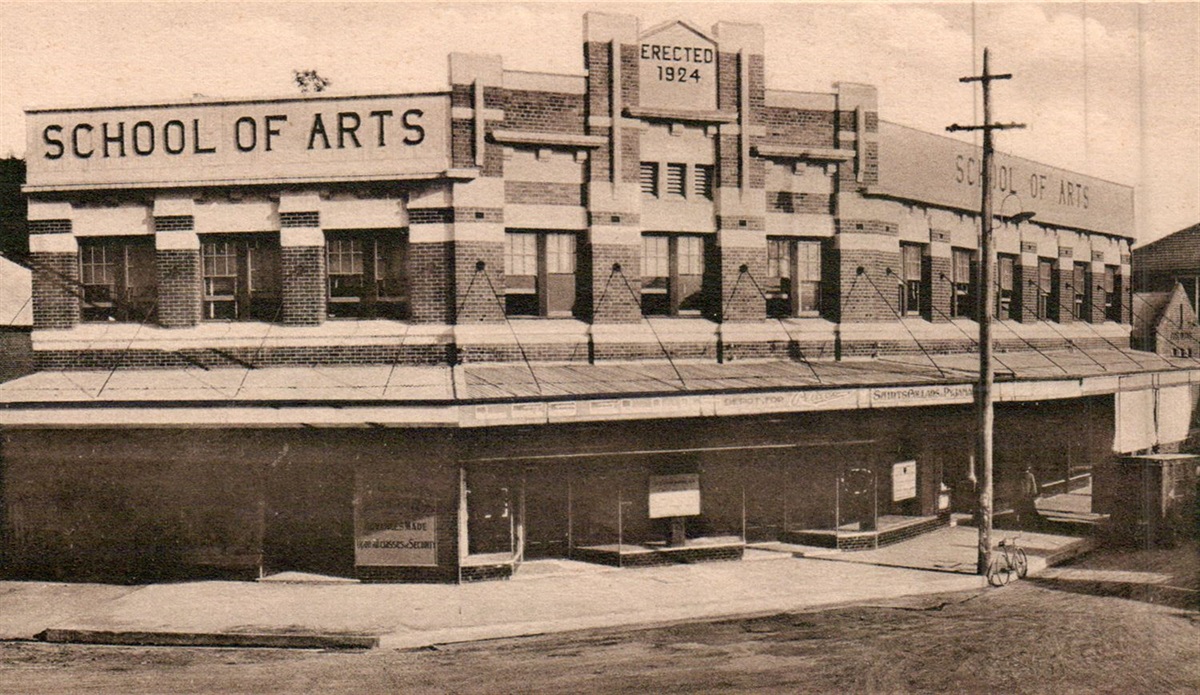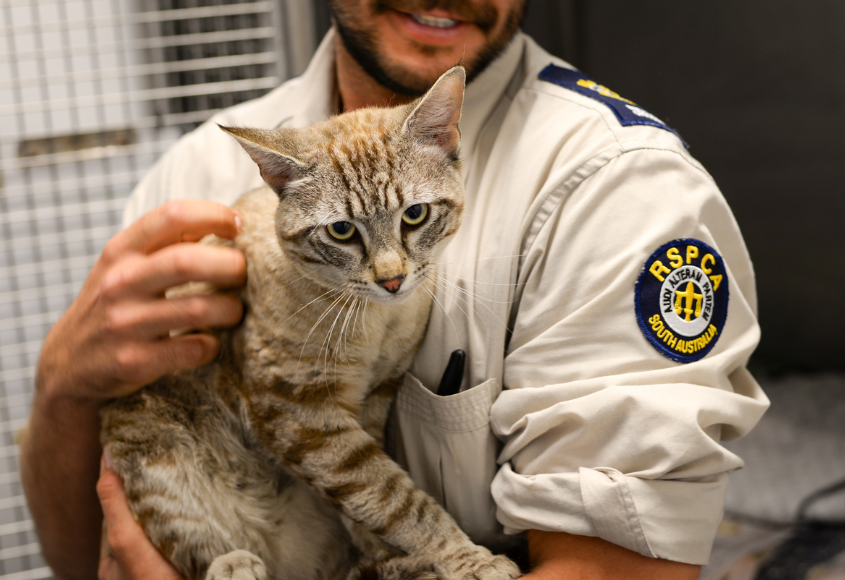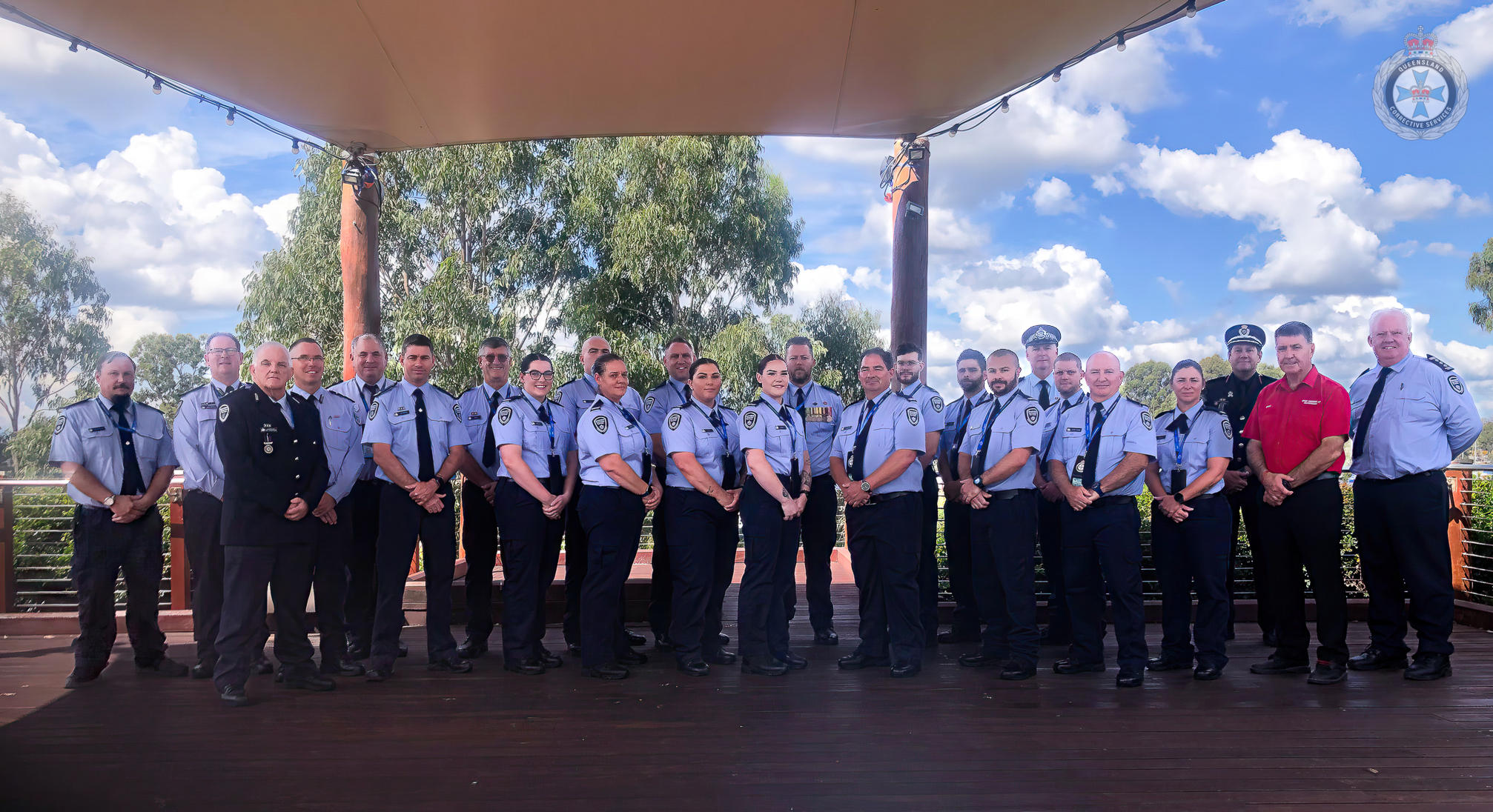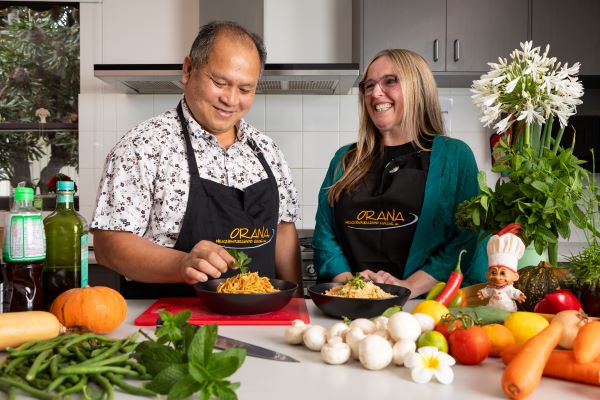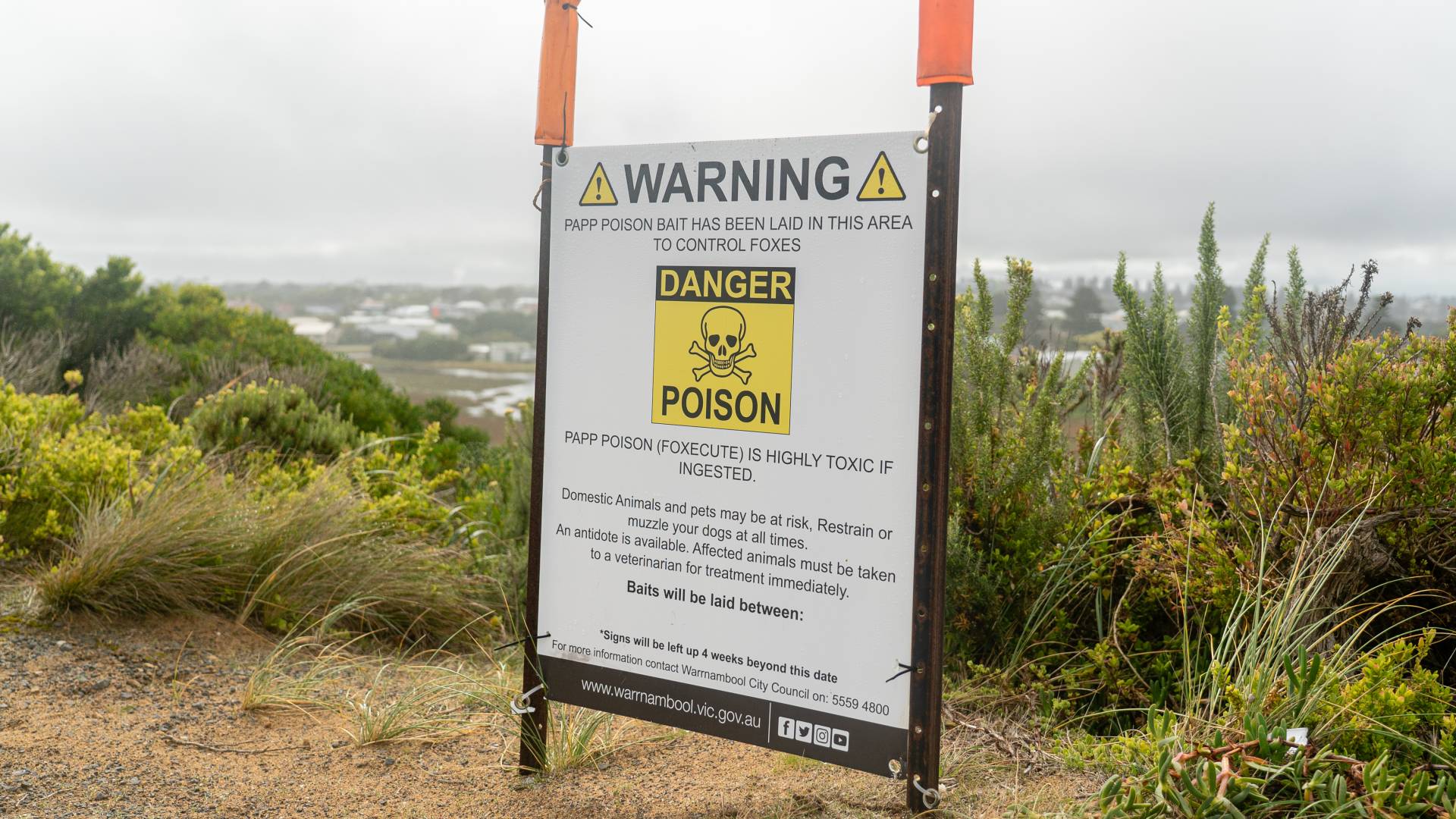Early in July, Minister for Foreign Affairs Penny Wong visited Singapore and made a second trip to Indonesia. The week before she was in Vietnam and Malaysia. Add visits by the Minister for Defence to Singapore and the Prime Minister to Indonesia and – even for a hyperactive new government – the focus on the region stands out.
So, what do these visits tell us about the government’s vision for Australia’s engagement in the region? If we look at Minister Wong’s statements during the visits, we can see a new narrative starting to form.
THE IMPORTANCE OF A NARRATIVE
A storyline is critical in international relations.
As the Australian Institute of International Affairs National President Allan Gyngell reminds us, “Australians at different times … have seen themselves as builders of the British Empire, representatives of a beleaguered white race in a sea of Asians, a pillar of the West in a global Cold War, a loyal American ally, a successful multicultural society seeking its future in the Indo-Pacific, a model international citizen, a tribune of liberal democracy”.
Recognising this, last year University of Melbourne Deputy Vice-Chancellor International Michael Wesley called on Australia “to find a new narrative that aligns its national imperatives with a vision for how it relates to its region”.
Rising to the challenge, earlier this year the Asia-Pacific Development, Diplomacy & Defence Dialogue (AP4D) presented its vision for Australia’s shared future with Southeast Asia.
In particular, consultations with Southeast Asian experts revealed three key messages: don’t treat Southeast Asia as a theatre of great power competition; respond to Southeast Asia’s priorities; and connect on the basis of shared interests.
Looking at Minister Wong’s major speeches and media appearances in Singapore and Malaysia it seems these themes are all coming through loud and clear.
BUILDING A SHARED FUTURE
The idea of a shared future has taken hold.
The visit to Vietnam and Malaysia was announced with the words “Australia’s future is tied to the future of Southeast Asia, a region we share“.
This was reflected in various speeches, from “We share a region and we share a future” to “Australians know our future lies in the region we share“.
But it was stated most fully in Singapore where, in a joint press conference with Singapore’s Foreign Minister Dr Vivian Balakrishnan, Minister Wong said: “… the new Australian Government has made very clear that: we see our future in this region. We see our security in this region. That is why we will bring deep engagement to our relationship with this region, and it is a shared vision or shared interests about the nature of the region we want”.
This means that while Australia and Southeast Asia won’t always agree, they will talk through these disagreements “because we see our futures as being tied together“.
Deemphasising great power competition
Minister Wong also refuted the idea that the region should be viewed mainly as a stage for great power competition: “We are more than just supporting players in a grand drama of global geopolitics“.
Her language reflects an understanding that Southeast Asia doesn’t want to be dominated by great powers.
Instead of a primary narrative on the challenge posed by China, the primary narrative was on countries being able to make their own choices “rather than having their future decided for them“.
Minister Wong uses Southeast Asia’s favoured phrase “strategic equilibrium” (including three times in one speech). For example: “An order framed by a strategic equilibrium where countries are not forced to choose but can make their own sovereign choices, including about their alignments and partnerships”.
Responding to Southeast Asian priorities
There were also clear signs of positioning Australia as responding to Southeast Asia’s needs – for example, on shared economic opportunities, security and climate change.
In Malaysia, the focus was on the digital economy and modernising the trade relationship, while in Singapore, it was on a green economy agreement.
As Minister Wong described it: “Each week, somewhere in Southeast Asia, Australians and their ASEAN counterparts are using our extensive network of dialogues and forums to weave together our collective interests and purpose on issues from counterterrorism to climate change, from energy to education, from cyber threats to phytosanitary standards (controlling plant diseases)”.
She was also explicit in her commitment to dialogue with the region: “I think Australia diminishes its capacity to influence the region if we spend a lot of our time appearing like we’re telling people what to do. I think there’s a process of dialogue, a process of engagement, and that’s what I want to be engaged in”.
This came through in discussion of Myanmar, where she stressed the importance of Australia engaging with regional leaders before taking next steps.
CONNECTING ON THE BASIS OF SHARED INTERESTS
Finally, there were many references to “our collective interests” and “shared strategic interests and shared economic interests“.
Minister Wong went as far as saying: “We have a responsibility to work together to achieve our shared interests and ensure our region remains peaceful, prosperous and respectful of sovereignty”.
The Minister presented people-to-people links as an important element of this: “Though we are tied together by geography, the human ties of family, business, education and tourism are stronger”.
She particularly noted the importance of education in “how we build a shared future with shared experiences“.
This means it’s also a task on the home front.
Speaking to Australian media, Minister Wong said “we have to talk more about Australia to the region, but we also have to talk to Australians about the region, and I think to continue to strengthen our understanding of the region that is so critical to Australia’s future”.
Overall, the messages from Minister Wong’s visits show that Australia is on the path to a new narrative – one in which Australia is an invested insider rather than a helpful but somewhat detached outsider. One in which it views itself as sharing a future as “part of the most vibrant and dynamic region in the world“.

